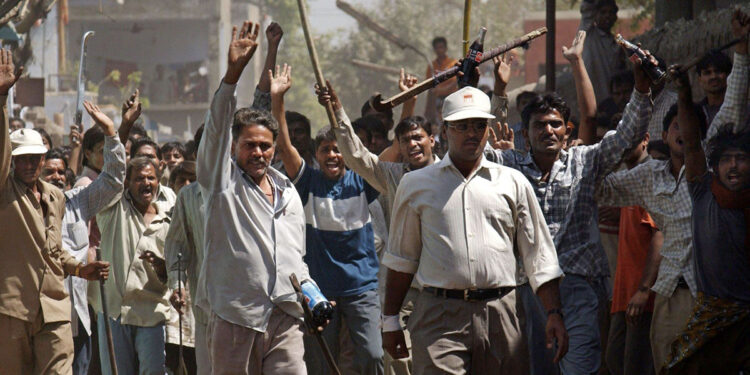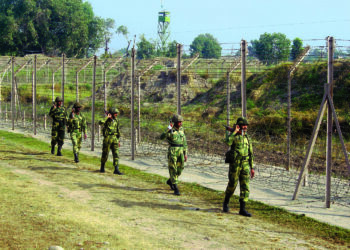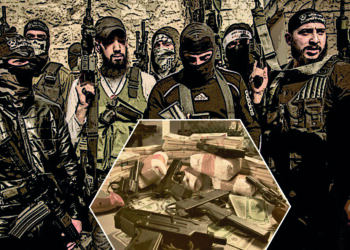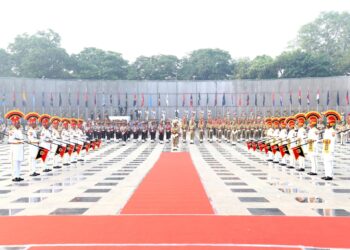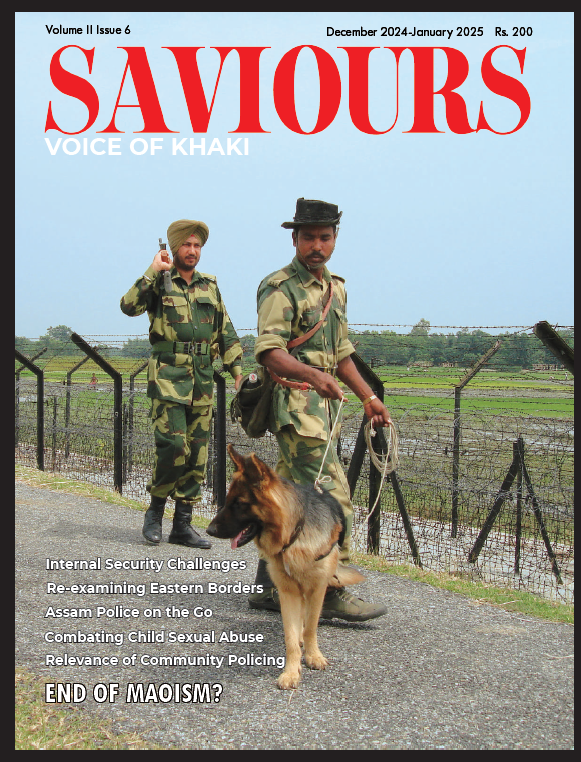The recent wave of violence and arrest of a large number of IS sympathizers in the sub-continent during the month of Ramzan point to the painful realism that Muslim youth across all strata of society, levels of education, and upbringing are getting drawn to the dangerous path of jihad and Islamic terrorism.
Youth, some of them in their teens, coming from affluent backgrounds having received education in premium liberal schools and colleges in their countries and abroad are getting swayed primarily by the net and televangelists abandoning normal life to actually join the ranks of terrorist outfits operating locally or the ISIS, selling dreams of establishing a Caliphate.
The Bangladesh massacre at the Holey Artisan Bakery in the hip Gulshan area and the subsequent attack at the Idgah by the youth have shocked the entire world and rightly diverted the debate to the causative factors leading to radicalization. The old myth that poverty and lack of education among the Muslim youth makes them more susceptible to radicalization seems to be fast evaporating into thin air in the face of fresh evidence of the smart, city-bred, well-heeled, and educated youth from all the continents and most of the countries falling prey to radicalization and joining the cadres of terrorist groups. It has now been recognized that more than the economic reasons, the opportunity and exposure to the jihadi literature freely available on the net and social media and distorted and nuanced commentary and speeches create fears of persecution and the need for a befitting response in the service of Allah, motivates and radicalizes the youth who then is further guided by a local field operative to the training facilities and their so-called battlefields. The problem in India is further compounded by the nefarious activities of our neighbor which is the epicenter of world terrorism.
Radicalization has captured the imagination of security experts all over the globe. Police forces have been able to intercept potential recruits, arrest recruiters and block social media sites and pages with varying degrees of success. Most of the intelligence agencies in most countries are now devoting considerable resources to the study of this phenomenon. But the intelligence organizations and government institutions in India are known to be quite tight-fisted about their databases and analysis. Nothing much is allowed to spill into the public domain. In the name of security, most of the data is classified too. Whatever data on terrorism is available is through the South Asian Terrorism Portal – a non-governmental initiative. Also, these researches by intelligence agencies suffer from over-reliance on the security aspect than the three sixty-degree understanding of the problem to find holistic answers. Dr. Alex P. Schmid a research fellow at the International Centre for Counter-Terrorism(ICCT) and Director of Terrorism Research Initiative(TRI) hits the nail on the head when he says, “Clearly the gap between academic research and counter-terrorism intelligence needs to be narrowed. Intelligence agencies and law enforcement agencies often have too much data but lack time and also lack some of the analytical skills available in academia to fully exploit this heap of unprocessed raw data. The problem to get security clearances makes it, however, difficult for researchers to work with primary sources. Most governments keep their in-house information close to their chest. ”
We must realize that radicalization and terrorism is here to stay not only in the sub-continent but in other parts of the world as well. Perceived discrimination, persecution, hate-mongering, disparities – economic, social and political, repression, etc. will continue to provide fertile ground to terrorist organizations for radicalization and recruitment of the youth. Each grievance or factor contributing to alienation needs to be clearly spelled out and understood in its entirety. Winning of hearts and minds will not come by splurging funds in troubled areas. Excessing central grants in the affected territories are prone to misutilization without reaching the grassroots level. A mechanism will have to be developed to bring transparency and accountability to public expenditure in the centrally sponsored schemes. A new breed of managers of perceptions will have to go out deep in the field living among the communities to address emotional issues and grievances which ultimately make people soft targets for radicalization. The virtual absence of the State and its benign face and day-to-day interaction with the marginalized and disgruntled are often exploited by the hawkish hardliners to sway public opinion against the State.
Monitoring content on the World Wide Web is a herculean task. So is the monitoring of unauthorized television channels being offered by some unscrupulous service providers. There is obviously a demand for such content which may be against the interest of the State. The unauthorized beaming of the Peace TV of Zakir Naik by several cable operators across the country points toward poor monitoring and enforcement. Strategies are also required in this field to clamp reasonable curbs.
The government of India may consider funding research by academia in this field to get a comprehensive understanding of the issues than just a blinkered view of the problems from the security point of view alone. We have several good institutes and universities where promising young men and women can be encouraged to undertake research and come up with their understanding of the issues which may provide a different perspective than the official version. The conclusions of the studies may even be critical of the security forces and government’s policies and strategies to deal with the problem. But these conclusions will help frame better policies and strategies for sure.
A Burhan Wani can be killed. But what about the thought that produces Burhan Wanis? The Indian State needs to invest in decoding the matrix underlying the jihadi mind, which is possible only when quality research in this area is initiated and sustained over a long period.
(The views expressed are personal.)
The writer is the Director General of Police, Prisons & Correctional Services, Himachal Pradesh.


